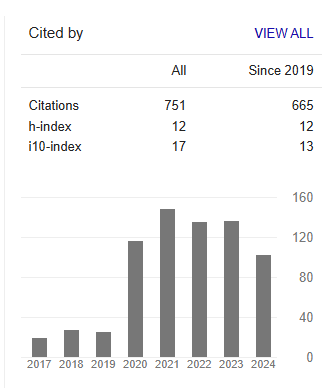Opportunistic Infections and Impact on Morbidity and Mortality During HIV in the Infectious Diseases Department at Point G Hospital in Bamako
Abstract
Abdoulaye Mamadou TRAORE, Garan Dabo, Hamsatou CISSE, Ibrahima I DOLLO, Charles DARA, Mahamou M KOUREICHI, Tidiane CISSE, Seydou D. OUOLOGUEM, Brehima SALL-BA, Daouda K. MINTA
Aim: In the contexts of free treatment and the "test and treat" strategy, we conducted this study whose objectives are to identify the main opportunistic infections (OIs) and their impact on the future of HIV-infected patients.
Patients and methods: This was a cross-sectional retrospective study of variables from the medical records of HIV-infected person hospitalized between January 1, 2015 and December 31, 2021.
Results: Out of 2631 hospitalized patients, 1237 were HIV-positive (47%), 54,4% had OIs. The sex ratio was 0.86 and the mean age was 38.9 ± 10.37 years. The main opportunistic infections are candidiasis (39.32%), tuberculosis (25.25%) and cerebral toxoplasmosis (14.57%). The lethality was 43.7% (540/1237). Death was statistically related to opportunistic infections: tuberculosis (p <0.0001), toxoplasmosis (p = 0.004), candidiasis (p <0.0001) and prurigo (p = 0.04) and stage 4 of WHO (p <0.0001) and CD4 ≤ 200 / ml.
Conclusion: Death was statistically related to tuberculosis, toxoplasmosis, and stage 4 of WHO deep immunosuppression and CD4 ≤ 200/ml as reported by candidiasis and prurigo. Screening and early management of opportunistic infections and even HIV will help lower mortality.



